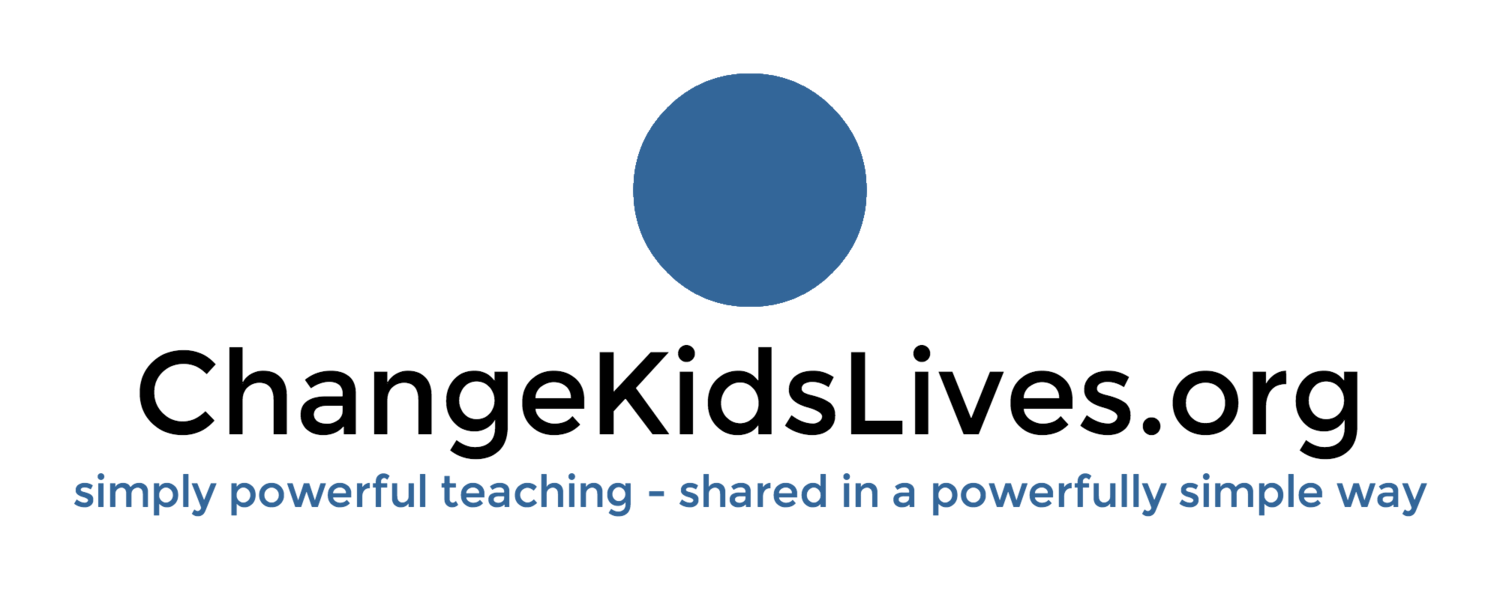The Question We Shouldn't Ask Students, But Often Do
simple truth:
Telling information is not teaching information.
Let's set the scene. We're excited for our students to jump into the activity that we've prepared. We explain the directions in what we think is a clear manner. Before allowing them to begin the project, we ask that timeless question, "Do you have any questions?" And of course, this question usually leads to blank stares or a few head shakes. Then in no less than 10 minutes, we have answered multiple questions and consider stopping the entire class the explain the directions again. Sound familiar?
research tells us:
Educational research suggests two key items when it comes to comprehension. First, students are more likely to comprehend when they have the opportunity to personally interpret the information and when they have multiple experiences with that same information. Neurologist and classroom teacher, Judy Willis, MD., shares, "The more times one repeats an action or recalls information, the more dendrites sprout...and the more efficient the brain becomes in its ability to retrieve that memory or repeat that action."
try this:
Throw out the vague "Do you have any questions about the directions" question from our instructional vocabulary
Instead have one or two students share the directions back using their own words
Hearing instructions multiple times and from a student's perspective can enhance understanding
If the student, who is sharing their interpretation of the directions makes a mistake, explain the correct directions again
Be sure to have at least one student explain the directions to the class without error before starting the activity
watch this:
review & share this:
For additional reading and referenced research, click here.


